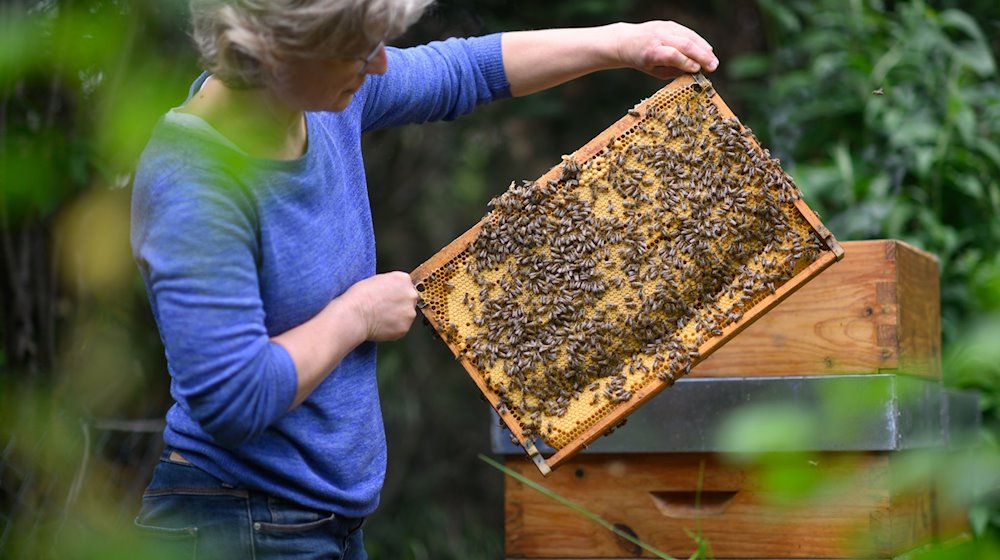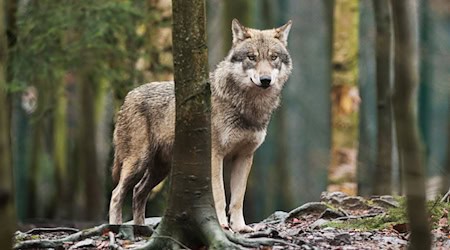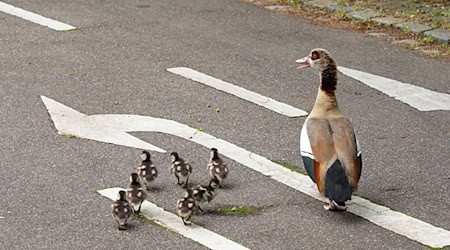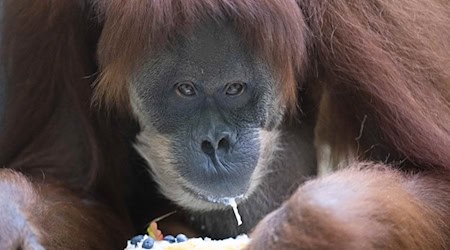Whether chickens, goats or bee colonies: the keeping of farm animals is on the rise in Saxony. At the end of 2023, almost 57,800 livestock farms were registered, according to the new annual report from the animal disease fund. According to the data, this is an increase of more than 1,400 compared to the previous year.
Every owner of cattle, pigs, poultry, sheep, goats, horses, fish and bee colonies is obliged to register their animals with the fund and pay contributions. This means that not only commercial farms are covered, but also hobby livestock owners. The contributions are used to pay compensation if animals die or have to be killed due to epidemics, as well as for programs to prevent and monitor animal diseases. For example, for foulbrood in bees or vaccinations against the West Nile virus in horses.
The number of animals in cattle and pigs declined. In 2023, a good 431,200 cattle were registered with the Animal Disease Fund - a drop of around 8,400 animals. The picture is similar for pigs: their numbers recently fell by just under 85,400 to around 488,900, compared to 644,400 in 2021.
In contrast, the trend for smaller farm animals in Bavaria is on the rise. More sheep and goats are grazing here again - as well as horses. The trend towards beekeeping continued. According to the Animal Disease Fund, 69,200 bee colonies were registered in 2023 - 373 more than in 2022 and a good 2,300 more than in 2021. The trend for poultry is also pointing upwards. Most recently, 9.2 million animals were counted here. That was around 85,800 more than in the previous year. In addition, the number of poultry farm locations rose by a good 1,000 to around 27,600. Alongside large poultry farms and experienced pedigree poultry breeders, amateurs are also discovering chicken farming for themselves. Some families keep a small flock of chickens in the garden to provide themselves with eggs.
Copyright 2024, dpa (www.dpa.de). All rights reserved










